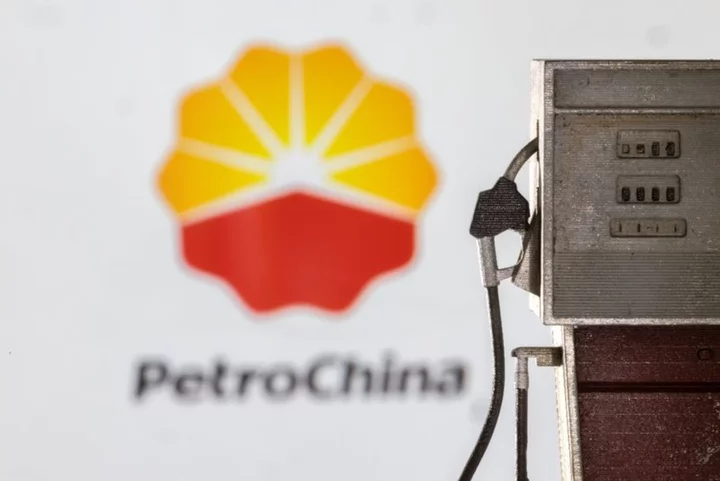
PetroChina buys EV charging firm Potevio New Energy
PetroChina has acquired 100% of electric vehicle (EV) charging firm Potevio New Energy Co Ltd in the latest
2023-09-08 19:58
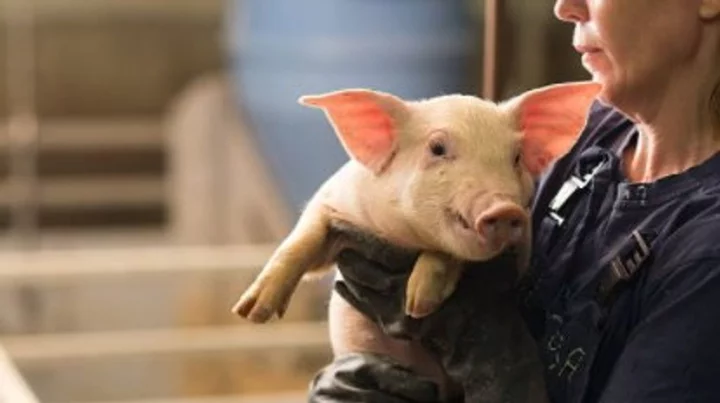
Scientists grow human kidneys inside a pig for the first time
Scientists have grown human kidneys in pigs, for the very first time. Researchers at the Guangzhou Institutes of Biomedicine and Health, Chinese Academy of Sciences and Wuyi University created human-pig chimeric embryos containing a combination of human and pig cells. When they transferred into 13 surrogate pig mothers, they developed kidneys that contained mostly human cells at a rate of 50 to 60 per cent, giving hope for potential transplants in the future. “Rat organs have been produced in mice, and mouse organs have been produced in rats, but previous attempts to grow human organs in pigs have not succeeded,” said the senior author Liangxue Lai. “Our approach improves the integration of human cells into recipient tissues and allows us to grow human organs in pigs.” The kidneys were not entirely human as they included vasculature and nerves made mostly from pig cells, meaning they could not be used for transplantation in their current form, but it is still a pretty impressive step. And apart from the kidneys, the embryos were dominated by pig cells, with very few human cells in the brain or central nervous system. Making brains using human and pig cells is very controversial for ethical reasons, so there are tight regulations for this kind of research. Meanwhile, pig cells tend to outcompete human cells during development, so previous experiments have created embryos that are almost entirely pig. The latest work, published in Cell Stem Cell, overcame this by genetically engineering a single-cell pig embryo so that it lacked two genes needed for kidney development. This created a gap within the embryo that could be filled by human cells. “We found that if you create a niche in the pig embryo, then the human cells naturally go into these spaces,” said Prof Zhen Dai of Guangzhou Institutes of Biomedicine and Health, another senior author. The scientists said that being able to incubate a fully human kidney inside a pig would be likely to take many years. “We would probably need to engineer the pigs in a much more complex way and that also brings some additional challenges,” said Miguel Esteban, also of the Guangzhou institute and a senior author. A central challenge would be to allow human nerves and vasculature to develop within the target organ without nerve cells developing in the central nervous system that could lead to a humanised brain. “Even theoretically it’s not clear how you’d do that,” said Ilic. Sign up to our free Indy100 weekly newsletter Have your say in our news democracy. Click the upvote icon at the top of the page to help raise this article through the indy100 rankings.
2023-09-08 19:56

EXPLAINER-What is in Huawei's new smartphone challenger to Apple?
By Yelin Mo and Brenda Goh BEIJING/SHANGHAI A new series of smartphones launched by China's Huawei Technologies has
2023-09-08 19:46

Human embryo created without using sperm or eggs
Scientists in Israel have created a model of a human embryo from stem cells, without using sperm, eggs or a womb. A team at Israel's Weizmann Institute of Science made the model, which resembles an embryo at day 14, when it acquires internal structures but before it lays down the foundations for body organs, and the work was published in the journal Nature. But the scientists involved said it would take a long time yet to create an embryo from scratch. Team leader Jacob Hanna said the team took stem cells derived from adult human skin cells, as well as others cultured in the lab, then reverted the cells to an early state.They then manipulated them to make a model of an embryo, rather than an actual or synthetic one. "The question is, when does an embryo model become considered an embryo? When that happens, we know the regulations. At the moment we are really, really far off from that point," Hanna said. However, they said the work could open the door to new ways to test the effect of drugs on pregnancies, better understand miscarriages and genetic diseases, and maybe grow transplant tissues and organs. "They are not identical. There are differences from human embryos, but still, this is the first time, if you open an atlas or a textbook, you can say - yeah I can really see the similarity between them," said Hanna. "In about 1 percent of the aggregates we can see that the cells start differentiating correctly, migrating and sorting themselves into the correct structure, and the farthest we could get is day 14 in human embryo development," he said. Their next goal, Hanna said, is to advance to day 21 and also reach a threshold of a 50 per cent success rate. Magdalena Żernicka-Goetz, a professor of development and stem cells at the University of Cambridge, said the study joins six other similar human embryo-like models published from teams around the world this year, including from her lab. "None of these models fully recapitulate natural human development but each adds to ways in which many aspects of human development can now be studied experimentally," she said. Sign up to our free Indy100 weekly newsletter Have your say in our news democracy. Click the upvote icon at the top of the page to help raise this article through the indy100 rankings.
2023-09-08 18:19
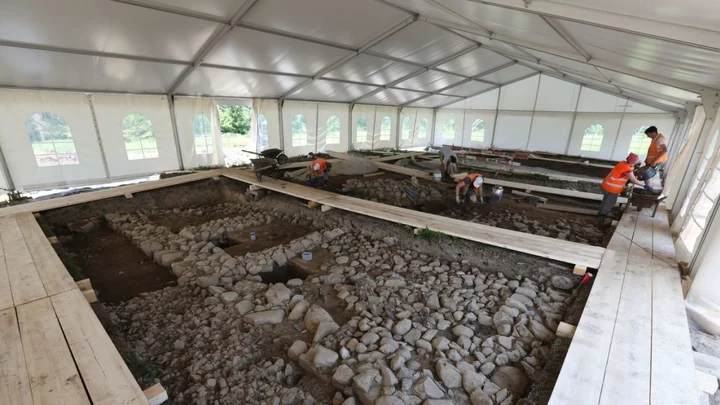
Discovery in Swiss Alps called an 'archaeological sensation'
The remains of 2,000-year-old Roman walls have been discovered by archaeologist in Switzerland in the foothills of the Alps. During the excavation of a gravel pit in Cham in the canton, or state, of Aug in central Switzerland, the walls, which once protected a Roman building complex, were found. Other pieces have also been unearthed by archaeologists, include a plaster wall, iron nails, and gold fragments. As well as items such as bowls, millstones for grinding, glassware, and crockery and ceramic jugs known as amphorae. In a statement form the Office for the Preservation of Monuments and Archeology, the findings were labelled an "archaeological sensation" for the region and could shed light on Roman activity in central Switzerland. Gishan Schaeren, head of the Department of Prehistory and Protohistoric Archaeology said in the statement: "Roman buildings of similar dimensions were last excavated in Cham-Heiligkreuz almost 100 years ago. We were also amazed that the top bricks were even visible above ground." The walls extend over an area of at least 5,300 square feet (500 square metres). Although it's unclear how Romans used the site, including whether it was a "villa with a view or a temple building," said professor of archaeology of the Roman provinces at the University of Bern Christa Ebnöther. The team said that findings of Roman tableware known as terra sigillata - which means "sealed earth" in Latin - were found, suggesting elite people were at the site. The amphorae, which typically held liquids such as wine, olive oil and fish sauce, are evidence that Romans in the region traded with those in the Mediterranean. Archaeologists also found several copper and bronze coins, including a silver denarius minted by Julius Caesar from the first century B.C. The discovery of the Roman walls is not the first ancient find in the area. Previously, archaeologists had found remains of a middle Bronze Age settlement, burials from the late Bronze Age, and a number of coins form the era of the Celts. Sign up to our free Indy100 weekly newsletter Have your say in our news democracy. Click the upvote icon at the top of the page to help raise this article through the indy100 rankings.
2023-09-08 17:27
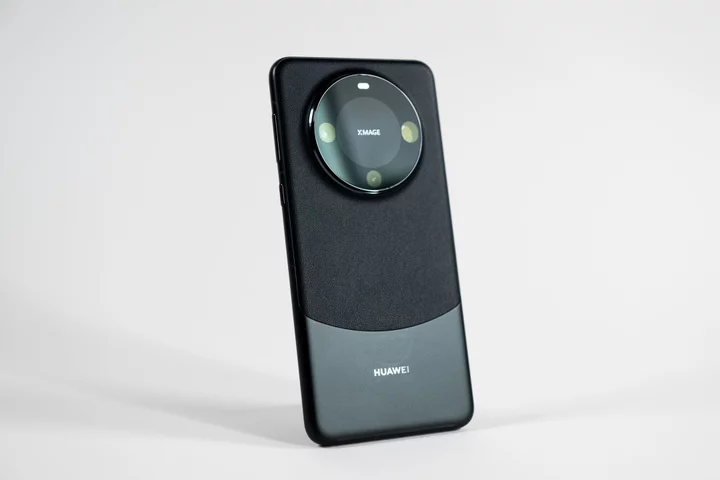
Huawei Debuts Even More Powerful Phone as Controversy Swirls
Huawei Technologies Co. added a new top-of-the-line model to its controversial Mate 60 smartphone family on Friday, putting
2023-09-08 15:21

Digital payments company Square experiences outage
Square, the digital payments company, experienced outages on several services Thursday.
2023-09-08 14:59

South Korea's Hynix is looking into how its chips got into Huawei's controversial smartphone
SK Hynix, a South Korean chipmaker, is investigating how two of its memory chips mysteriously ended up inside the Mate 60 Pro, a controversial smartphone launched by Huawei last week.
2023-09-08 13:48
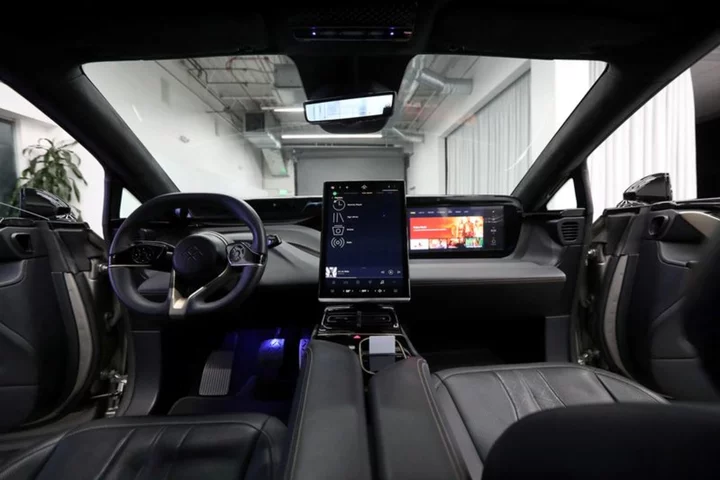
Faraday Future alleges "coordinated effort" to undermine valuation
Faraday Future Intelligent Electric on Thursday said it has recently observed a series of "suspicious activities" which the
2023-09-08 12:51
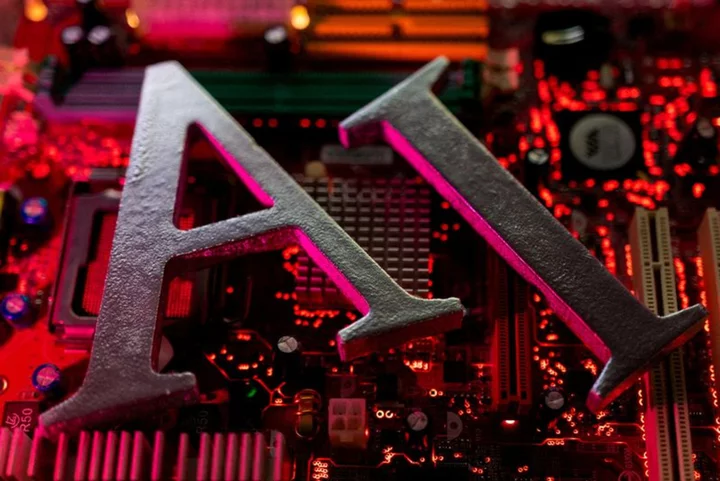
Australia to require AI-made child abuse material be removed from search results
SYDNEY Australia will make search engines like Google and Bing take steps to prevent the sharing of child
2023-09-08 10:25
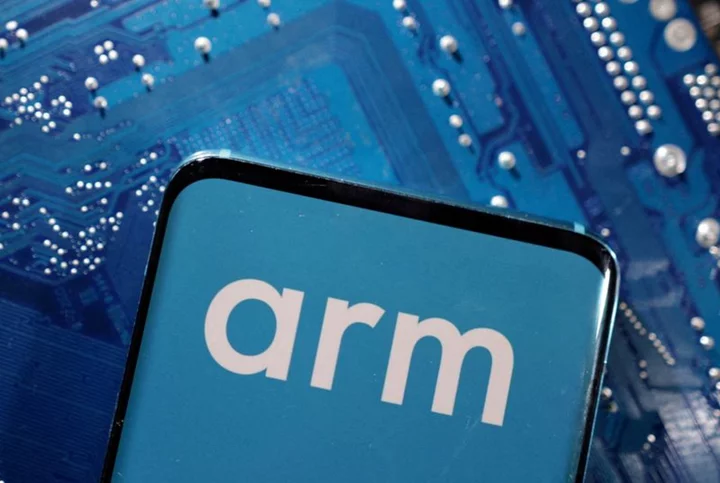
Arm touts cloud computing expansion, royalties to IPO investors
By Echo Wang and Svea Herbst-Bayliss NEW YORK SoftBank Group Corp's Arm Holdings Plc on Thursday told potential
2023-09-08 06:46

Winklevoss claims fuel US probe of DCG crypto business - Bloomberg News
Several U.S. agencies are investigating allegations of fraud leveled by billionaire Cameron Winklevoss against Digital Currency Group (DCG)
2023-09-08 04:57
